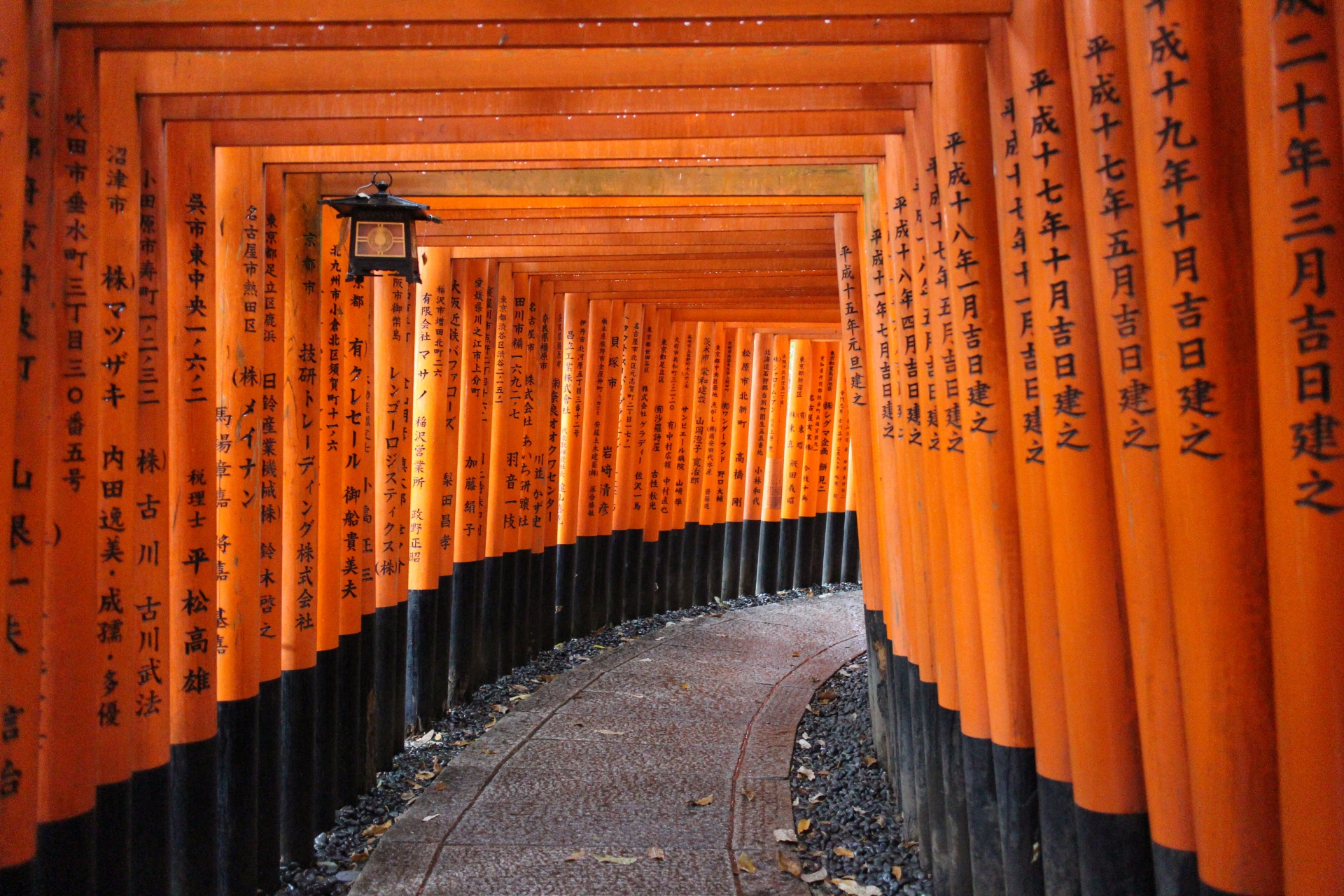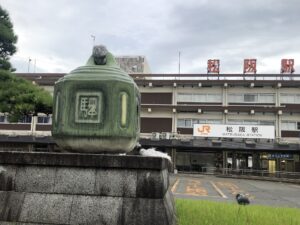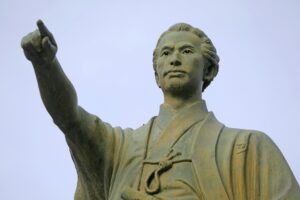Fushimi Inari Shrine, one of Kyoto’s most iconic landmarks, is renowned for its thousands of vibrant red torii gates that form scenic paths through the forested Mount Inari. This guide covers everything from the shrine’s historical significance and cultural practices to practical travel tips, hiking routes, and photography opportunities, ensuring a fulfilling visit.
Introduction to Fushimi Inari Shrine
Located in the Fushimi Ward of Kyoto, Fushimi Inari Shrine (Fushimi Inari Taisha) is one of Japan’s most famous Shinto shrines, dedicated to Inari, the god of rice and agriculture. Renowned for its thousands of vibrant red torii gates that form stunning pathways through the sacred Mount Inari, this shrine is a must-visit for tourists and spiritual seekers alike. Its popularity is not only due to its religious significance but also its breathtaking landscape and cultural heritage, making it a symbol of Japan’s timeless connection with nature and spirituality.
History and Significance of Fushimi Inari Shrine
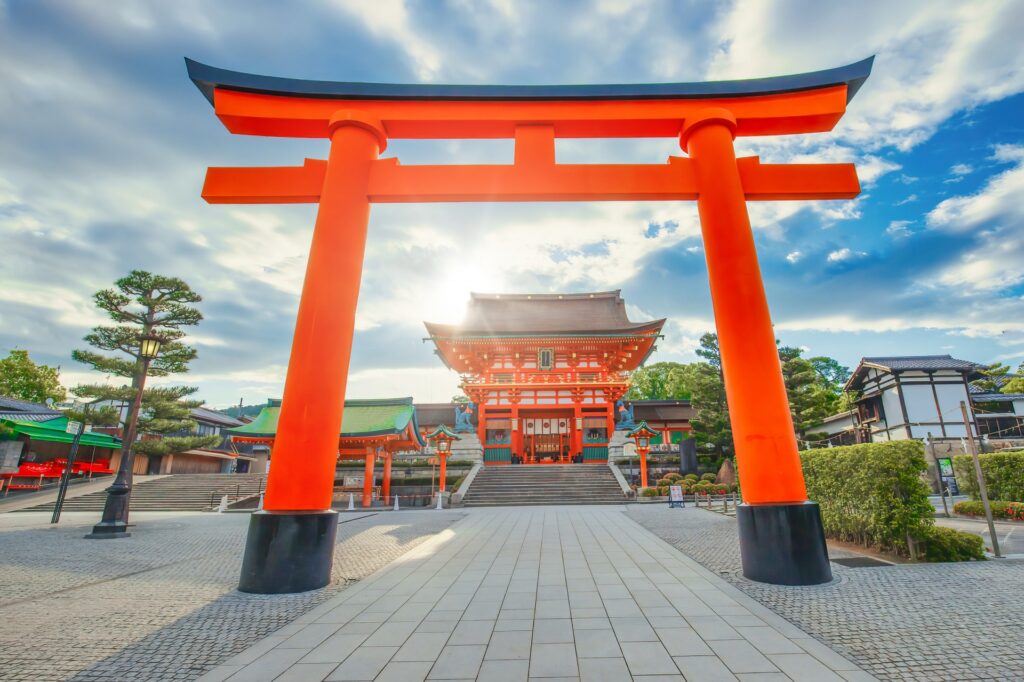
Fushimi Inari Shrine was established in 711 AD, predating Kyoto’s establishment as Japan’s capital. Originally, it was located on Inariyama Hill in southwest Kyoto but was moved to its current location in 816 AD. The shrine is dedicated to Inari, the Shinto god of rice, who is believed to ensure prosperous harvests and is often depicted as a fox. Over the centuries, the worship of Inari has extended to other aspects of prosperity and success, making Fushimi Inari a place for prayers of business success, safe travel, and overall well-being. The shrine’s significance grew during the Edo period when it became a central place of pilgrimage, attracting people from all walks of life.
The Iconic Torii Gates of Fushimi Inari
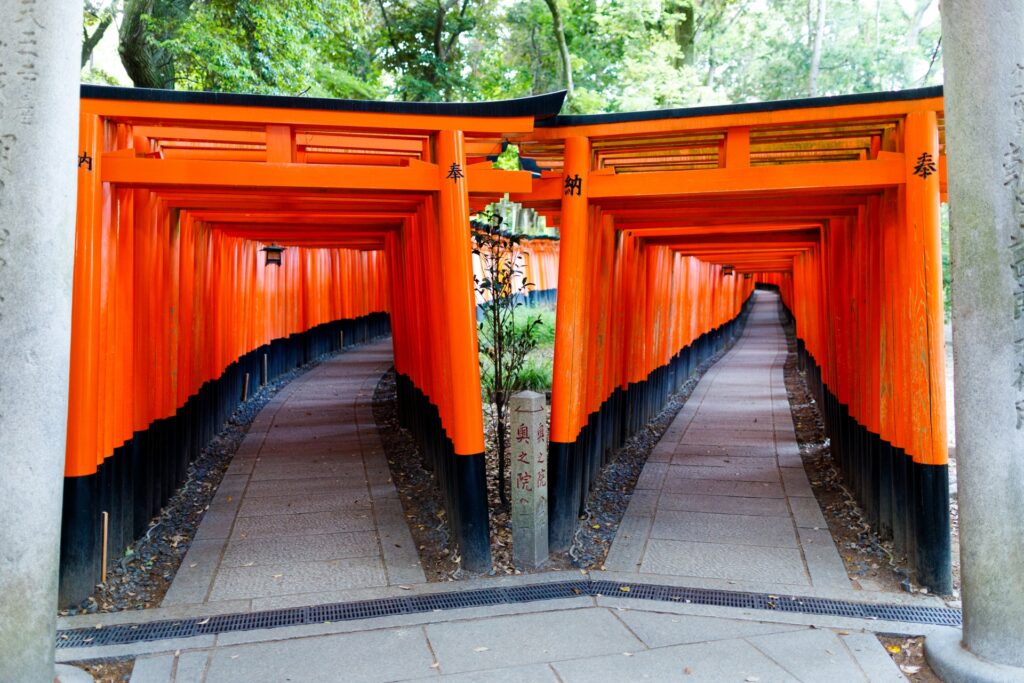
The striking red torii gates, or “senbon torii,” are undoubtedly the most iconic feature of Fushimi Inari Shrine. These gates form tunnels along the trails of Mount Inari, symbolizing the transition from the mundane to the sacred. Each torii gate is donated by individuals, families, or businesses to gain favor with the gods, inscribed with the names of the donors and dates of donation. The torii gates range from small, hand-carried sizes to large, towering structures, creating a visually captivating pathway that draws visitors deeper into the mountain’s serenity.
Planning Your Visit to Fushimi Inari Shrine
Getting to Fushimi Inari Shrine is convenient, especially from Kyoto Station. Visitors can take the JR Nara Line to Inari Station, which is only a 5-minute train ride, or the Keihan Main Line to Fushimi Inari Station. The shrine is open 24 hours a day, and admission is free, making it accessible for early morning or late evening visits to avoid crowds. The best times to visit are either early in the morning or late afternoon, especially if you aim to capture the torii gates in soft natural light without the interruption of large crowds.
Hiking Trails and Scenic Views
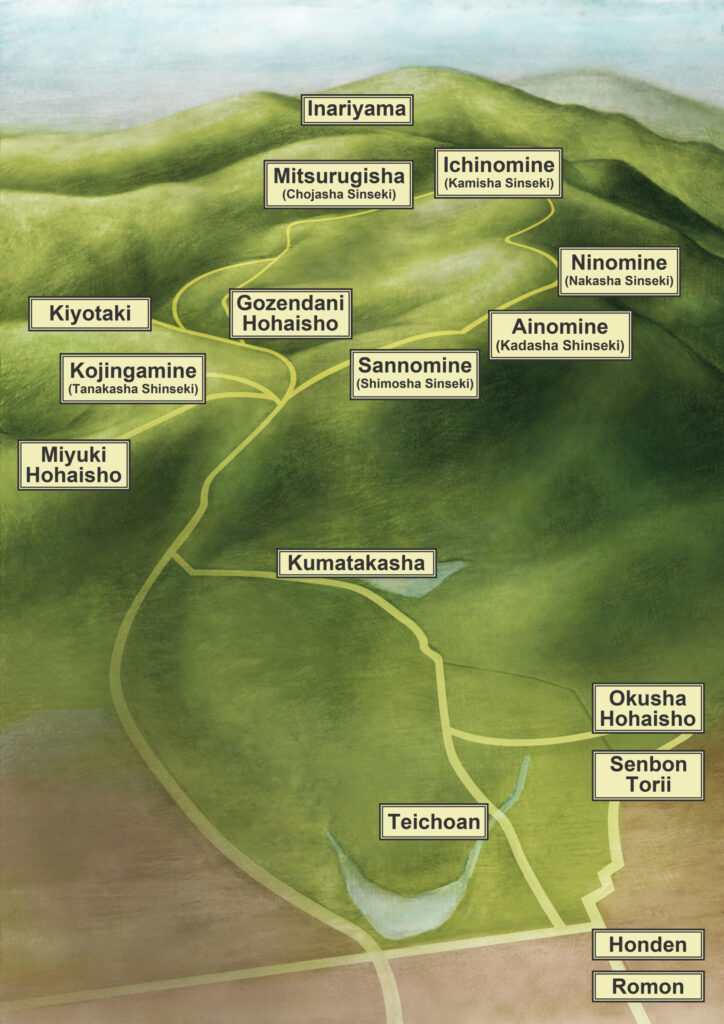
The hiking trails at Fushimi Inari Shrine lead up Mount Inari, providing various scenic views and spiritual sites along the way. The main trail, which takes about 2 to 3 hours to complete, winds through thousands of torii gates and offers several rest areas, including the Yotsutsuji intersection, which provides panoramic views of Kyoto. While the hike is moderately challenging, the serene environment and spiritual significance make it a fulfilling experience for both casual walkers and avid hikers.
Cultural Practices and Spiritual Experience
Fushimi Inari is more than a tourist destination; it’s a living spiritual center where visitors can engage in traditional rituals and offerings. Upon entering, visitors cleanse their hands and mouth at the temizuya (purification fountain) before proceeding to make offerings at the honden (main hall). Ema (wooden prayer plaques) and omamori (protective charms) can be purchased, and visitors often participate in the custom of writing wishes on the ema to be left at the shrine. Annual festivals, such as the Hatsumode (New Year’s visit) and Motomiya Sai (summer festival), bring additional cultural and spiritual vibrancy to the shrine.
| Festival Name | Date | Description |
|---|---|---|
| Hatsumode | January 1-3 | The New Year’s visit where thousands pray for blessings. |
| Setsubun Sai | Early February | Bean-throwing festival to ward off evil spirits. |
| Inari Matsuri | March | Festival to honor the deity Inari, featuring rituals and offerings. |
| Tanabata Sai | July 7 | Celebrates the traditional Tanabata festival with special decorations. |
| Motomiya Sai | Late July | Summer festival with lanterns and night-time rituals. |
| Nagoshi no Oharae | June 30 | Purification ritual held to cleanse the sins of the first half of the year. |
| Shichi-Go-San | November 15 | Celebration for children aged 3, 5, and 7, wishing them health and happiness. |
| Niiname Sai | November 23 | Harvest festival thanking the gods for a bountiful harvest. |
Photography Tips for Fushimi Inari
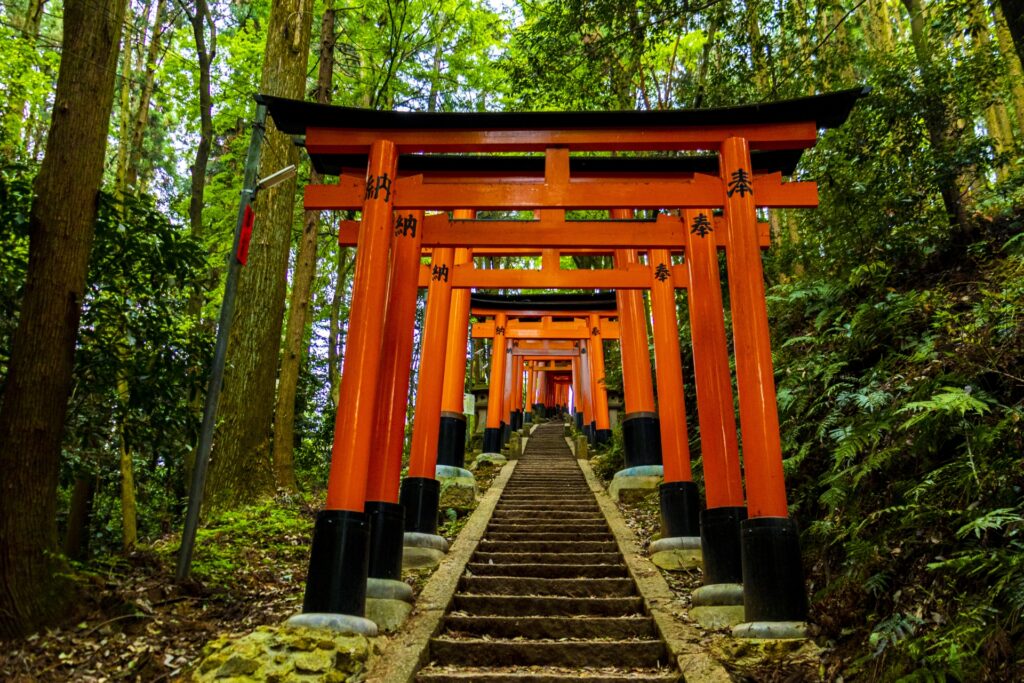
The Fushimi Inari Shrine offers endless photography opportunities, with its vibrant torii gates and natural surroundings. Early morning or late afternoon provides the best natural light for capturing the torii gates without the harsh shadows of midday. For the classic shot, find a quiet moment on the main trail and frame the torii gates receding into the distance. Using a wide-angle lens will allow you to capture the depth and scale of the gates. Remember to respect the space and privacy of other visitors while taking photos.
Accessibility and Visitor Facilities
Fushimi Inari Shrine is generally accessible, with the main grounds accommodating visitors with limited mobility. However, the hiking trails involve steep inclines and steps, which may be challenging for some. Restrooms are available near the entrance, and food stalls offer local snacks like inari sushi and yudofu (tofu hot pot). Visitors can also find parking areas nearby, although public transport is recommended due to limited parking space.
Exploring the Surrounding Area
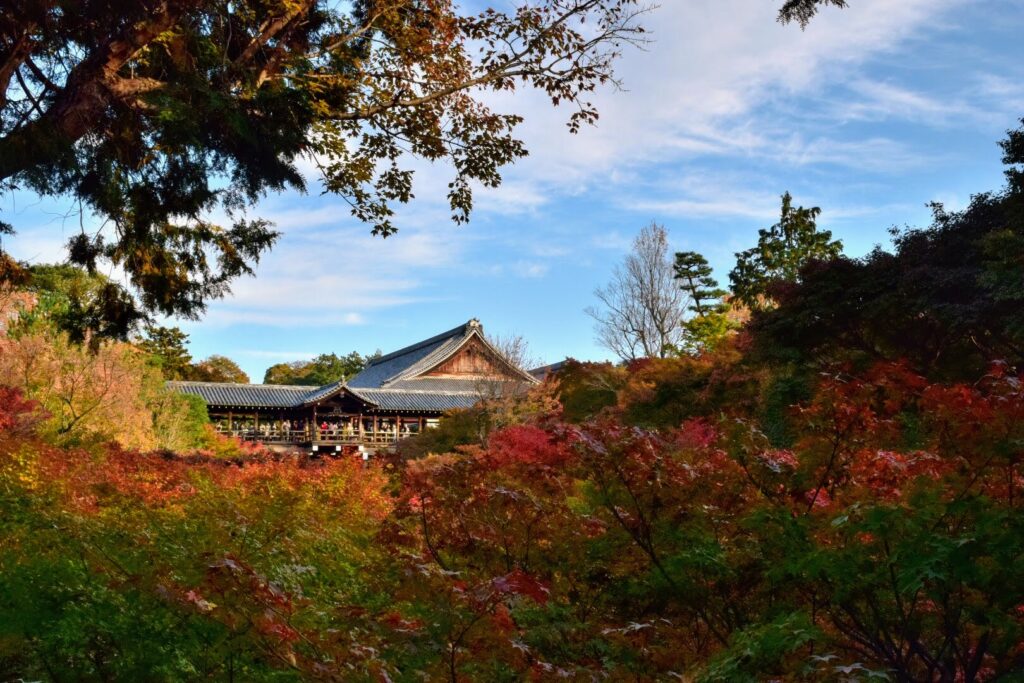
The area around Fushimi Inari Shrine is rich with attractions and dining options. Nearby, Tofukuji Temple offers stunning gardens and architecture, especially beautiful in autumn. Local markets and eateries around the shrine provide a taste of Kyoto’s culinary delights, including traditional sweets and savory dishes. Exploring these nearby attractions allows visitors to fully immerse themselves in the local culture and history.
Sustainability and Preservation Efforts at Fushimi Inari
Fushimi Inari Shrine places a strong emphasis on the preservation of its cultural and natural heritage. The shrine’s caretakers actively maintain the torii gates and trails, ensuring they remain in good condition for visitors. Efforts are also made to manage the environmental impact of tourism, such as waste management and promoting eco-friendly practices. Visitors can contribute to these sustainability efforts by respecting the shrine’s guidelines and minimizing their environmental footprint.

